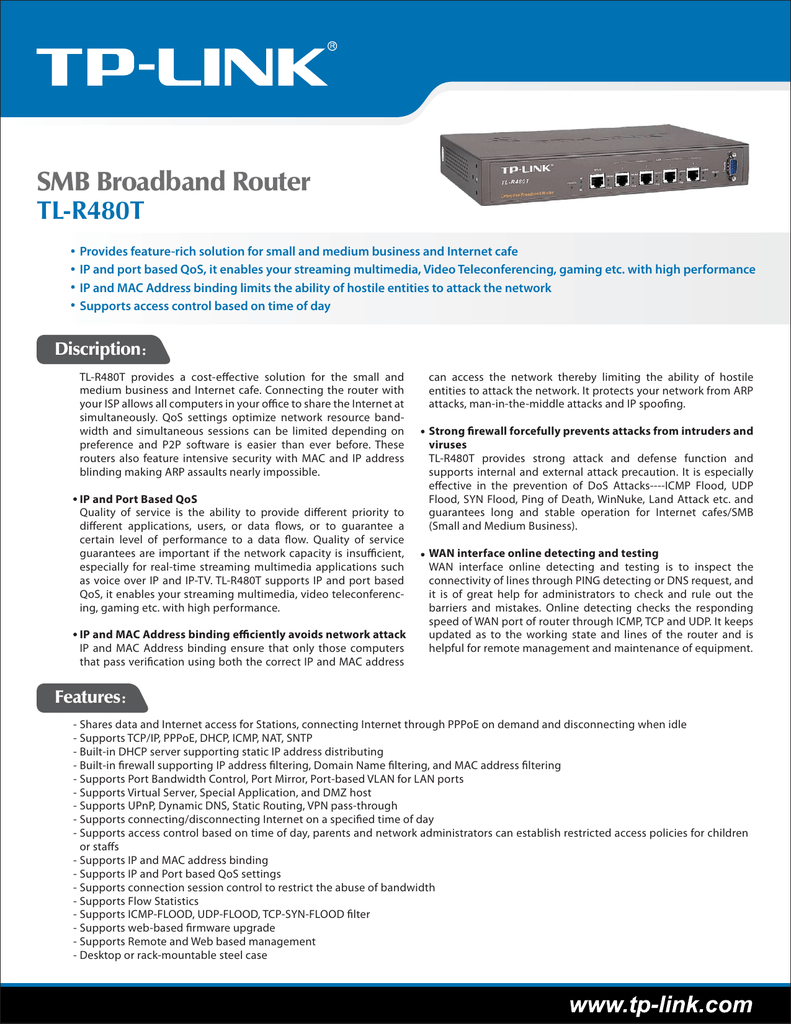

packets sent to that host on that network Īll Multicast packets that are being sent to a Multicast address for that adapter, or all Multicast packets regardless of the address to which they're being sent (some network adapters can be configured to accept packets for specific Multicast addresses, others deliver all multicast packets to the host for it to filter) The Ethernet hardware on the network adapter filters all packets received, and delivers to the hostĪll Unicast packets that are being sent to one of the addresses for that adapter, i.e.

If you are only trying to capture network traffic between the machine running Wireshark or TShark and other machines on the network, you should be able to do this by capturing on the network interface through which the packets will be transmitted and received no special setup should be necessary.

This page will explain points to think about when capturing packets from Ethernet networks.


 0 kommentar(er)
0 kommentar(er)
